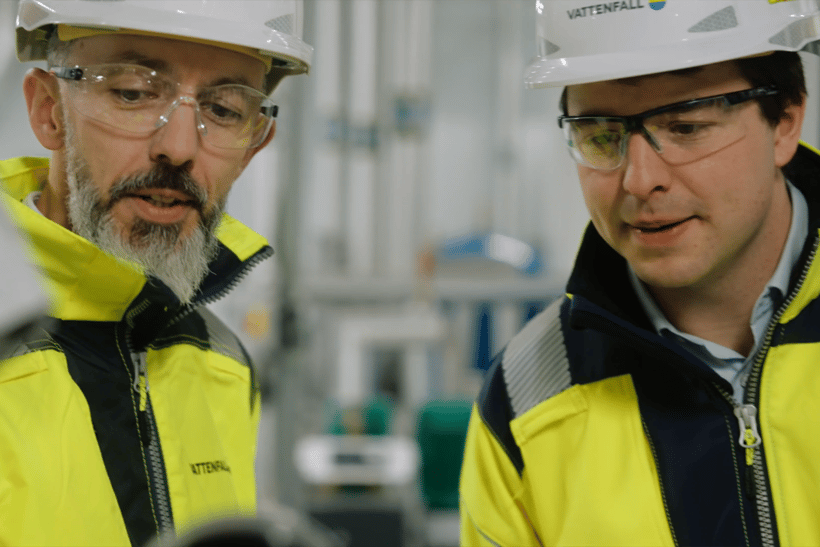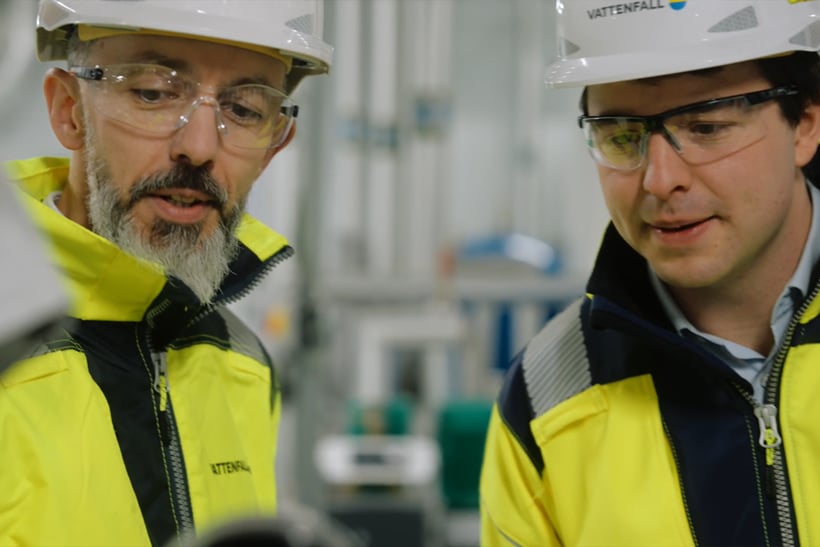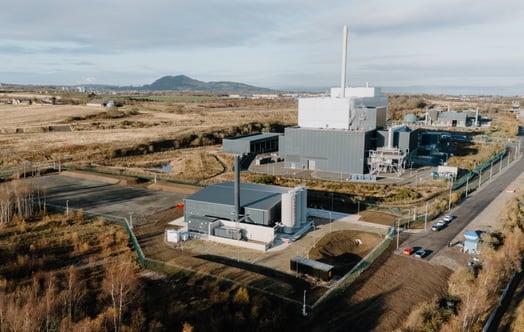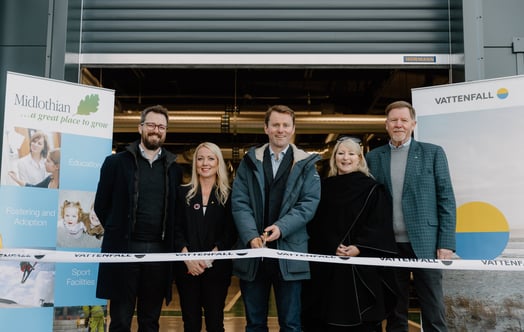
Amidst the rapid development in Midlothian, Scotland in recent years, Midlothian Council identified a major opportunity - to provide low carbon, fairly priced heat to the newly developed town of Shawfair. However, realising this vision required substantial investment and specialist energy infrastructure skills and expertise.
Laying the foundations for success
To develop a robust strategy, the Council engaged with external experts, including the Scottish Futures Trust and the Scottish Government’s Heat Networks Support Unit, seeking guidance from financial advisors, solicitors, and engineering consultancies.
Through an extensive process of market sounding and risk assessment, it became clear there was strong interest from the heat network industry in a joint venture model—provided it had the potential to expand beyond Shawfair. The vision evolved into a long-term energy partnership, aiming to grow the heat network and pursue new energy projects wherever value could be added. By structuring the joint venture this way, Midlothian was positioned as a leader in delivering sustainable, low carbon energy solutions not only within its boundaries, but across the wider region.
Securing funding and strategic partnerships
A critical milestone was securing up to £7.3 million in Scottish Government funding, reinforcing market confidence in the project’s viability.
Key Heads of Terms agreements were then established with FCC Environment, who would provide heat from the Millerhill Recycling and Energy Recovery Centre, and with Shawfair LLP, the master developer responsible for construction at Shawfair town.
To expand the project’s reach and foster further collaboration, additional public bodies joined the procurement process:
- City of Edinburgh Council and East Lothian Council
- Queen Margaret University and University of Edinburgh
- NHS Lothian
- Scottish Enterprise
The creation of MEL: transforming local energy
In 2019, the procurement was launched under a competitive dialogue process, leading to Vattenfall’s selection as preferred bidder in 2020. Later that year, Midlothian Energy Limited (MEL) was officially formed - a 50/50 joint venture between Midlothian Council and Vattenfall.
Vattenfall’s extensive experience in designing, building, and operating heat networks across Europe played a key role in the Council’s decision. Beyond technical expertise, Vattenfall also shares Midlothian’s commitment to delivering economic and social benefits for local communities.
MEL shows that with the right approach to public procurement, combined with the right heat load and technology, it’s possible to achieve a single-technology solution to heat decarbonisation that works effectively across local authority boundaries.
A model for future energy partnerships
The key takeaway for local authorities is clear: think beyond immediate needs. By procuring on behalf of as many authorities as public procurement regulations allow, councils can build long-term, adaptable partnerships that meet evolving energy demands.
A forward-thinking approach to procurement doesn’t just enhance the resilience of infrastructure - it ensures that communities benefit from sustainable, fairly priced energy solutions for generations to come.
MEL: a case study
Interested in learning more about the MEL partnership? Watch our case study video for an in-depth look at its journey, impact, and future.





